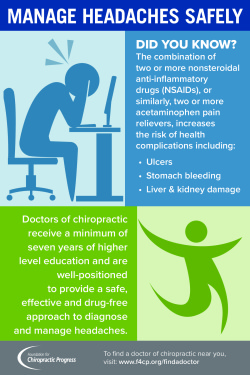Daily Practices That Lead To Pain In The Back And Methods For Prevention
Daily Practices That Lead To Pain In The Back And Methods For Prevention
Blog Article
Written By-Bates Dempsey
Preserving correct pose and avoiding common mistakes in daily tasks can dramatically impact your back health. From just how you sit at your workdesk to how you raise hefty items, little adjustments can make a big difference. Picture a day without the nagging back pain that prevents your every move; the service might be simpler than you assume. By making a couple of tweaks to your everyday practices, you could be on your means to a pain-free presence.
Poor Pose and Sedentary Way Of Life
Poor pose and a sedentary way of life are 2 significant contributors to pain in the back. When you slouch or inkling over while resting or standing, you placed unneeded stress on your back muscular tissues and spinal column. This can cause muscle imbalances, tension, and ultimately, chronic back pain. Furthermore, sitting for extended periods without breaks or exercise can deteriorate your back muscular tissues and lead to rigidity and discomfort.
To combat poor pose, make a mindful initiative to sit and stand right with your shoulders back and aligned with your ears. Remember to maintain your feet flat on the ground and avoid crossing your legs for prolonged periods.
Including find more information extending and reinforcing workouts right into your day-to-day regimen can also aid enhance your stance and alleviate neck and back pain associated with an inactive lifestyle.
Incorrect Lifting Techniques
Inappropriate lifting strategies can dramatically add to back pain and injuries. When you lift heavy things, keep in mind to bend your knees and use your legs to raise, as opposed to depending on your back muscular tissues. mouse click the next web page twisting your body while training and keep the item near to your body to lower stress on your back. It's critical to keep a straight back and stay clear of rounding your shoulders while lifting to avoid unnecessary stress on your back.
Always assess the weight of the things before raising it. If it's as well hefty, ask for aid or usage equipment like a dolly or cart to transport it safely.
Remember to take breaks during raising jobs to provide your back muscle mass a possibility to rest and prevent overexertion. By applying appropriate training strategies, you can protect against neck and back pain and decrease the risk of injuries, guaranteeing your back stays healthy and balanced and solid for the long-term.
Lack of Regular Exercise and Extending
A sedentary way of life lacking routine exercise and extending can substantially contribute to pain in the back and pain. When you don't participate in exercise, your muscular tissues end up being weak and inflexible, resulting in poor posture and raised pressure on your back. Routine exercise helps strengthen the muscles that support your spinal column, boosting security and reducing the risk of back pain. Integrating extending right into your regimen can additionally enhance adaptability, preventing rigidity and discomfort in your back muscle mass.
To avoid back pain caused by a lack of exercise and extending, go for a minimum of thirty minutes of moderate physical activity most days of the week. Include workouts that target your core muscle mass, as a strong core can help ease pressure on your back.
Additionally, take breaks to extend and relocate throughout the day, particularly if you have a desk task. Straightforward stretches like touching your toes or doing shoulder rolls can help soothe stress and stop neck and back pain. Prioritizing normal workout and extending can go a long way in preserving a healthy back and minimizing pain.
Final thought
So, bear in mind to stay up straight, lift with your legs, and remain active to stop neck and back pain. By making easy adjustments to your everyday behaviors, you can avoid the discomfort and constraints that feature back pain. Care for your spine and muscular tissues by exercising good position, correct training methods, and routine exercise. Your back will certainly thank you for it!
